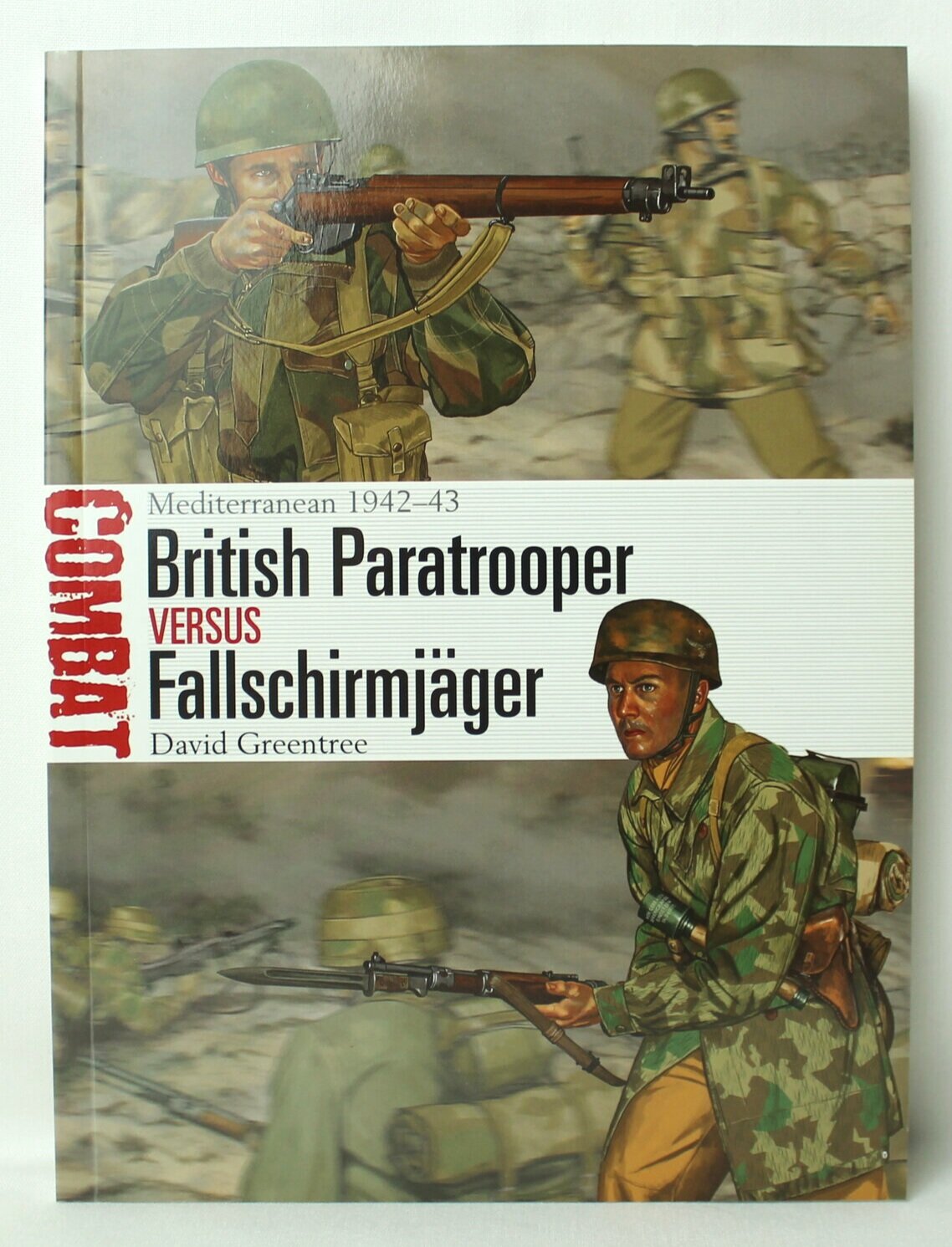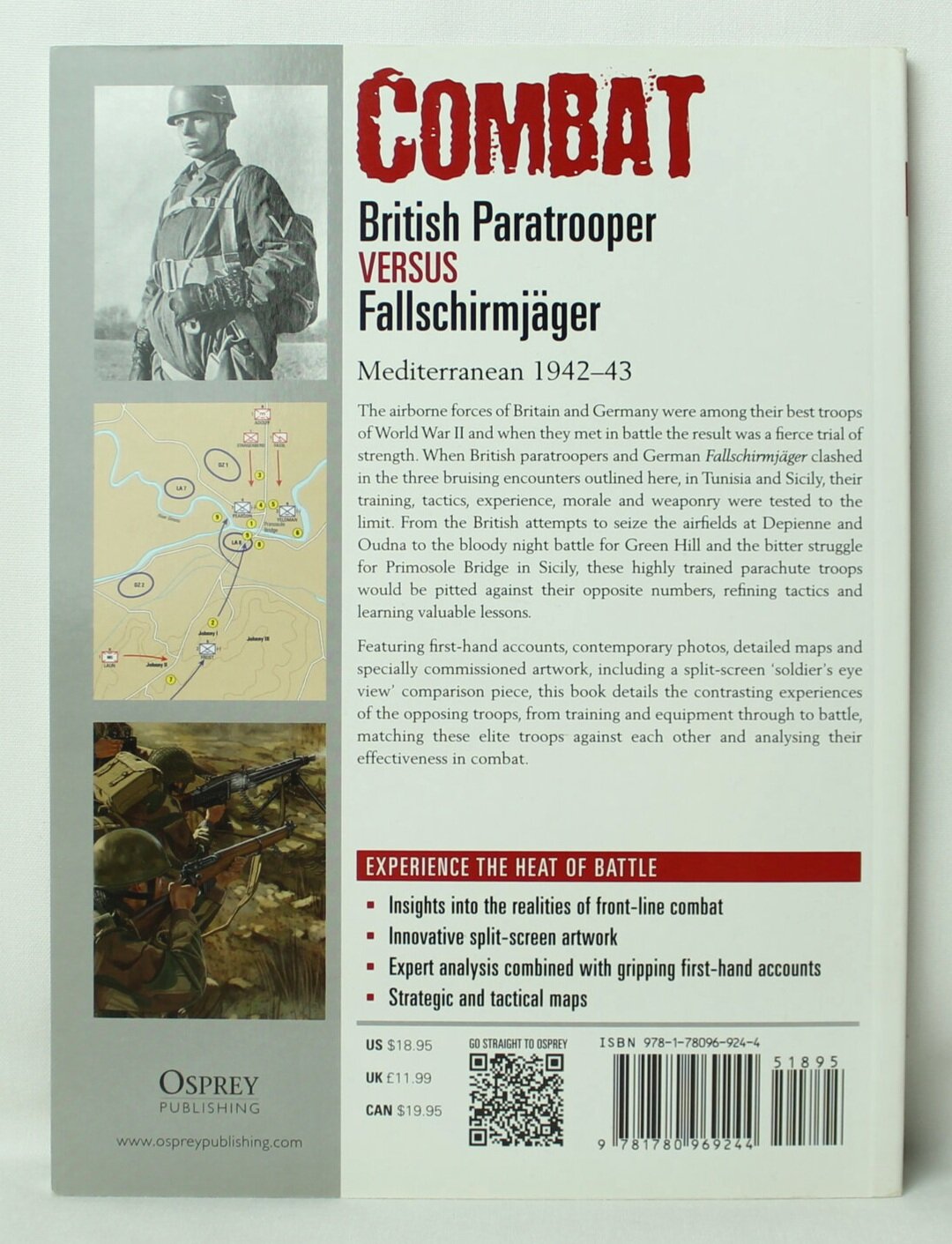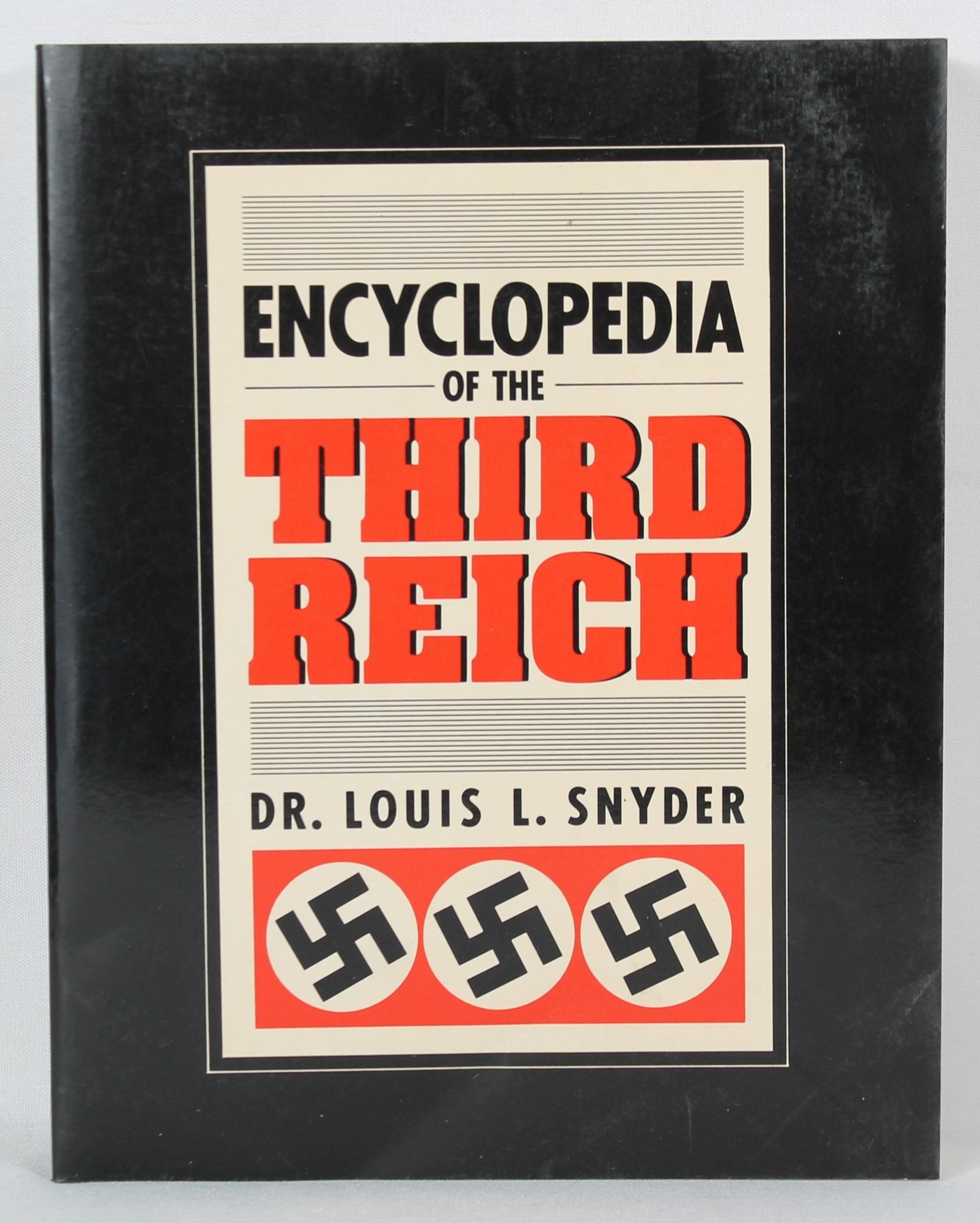Air Vanguard 15- Junkers Ju 87 Stuka by Mike Guardia
In the opening days of Nazi Germany's Blitzkrieg campaigns, few aircraft could invoke as much terror as the Junkers Ju 87. Nicknamed the "Stuka" (an abbreviation of Sturzkampfflugzeug - the German term for "dive-bomber"), the Ju 87 was perhaps the most feared tactical bomber of the ETO. With its fixed landing gear and inverted gull wings, the Stuka was easily one of the most recognizable aircraft of the Blitzkrieg era. Although a sturdy and reliable dive-bomber, the Stuka's effectiveness was largely psychological in nature. Its dive-activated air siren produced a dreadful wail - which could incite panic in even the most disciplined of enemy ground units. However, the Stuka's effectiveness waned during the later years of the war. Lightly armored and ill-suited for air combat maneuvering, the Stuka was easy prey for Allied fighters. This title follows the Ju 87 from its development and early deployment through its operational history in the skies over Europe.
This book has 64 pages and is approx. 7-1/4” x 9-3/4”.
In the opening days of Nazi Germany's Blitzkrieg campaigns, few aircraft could invoke as much terror as the Junkers Ju 87. Nicknamed the "Stuka" (an abbreviation of Sturzkampfflugzeug - the German term for "dive-bomber"), the Ju 87 was perhaps the most feared tactical bomber of the ETO. With its fixed landing gear and inverted gull wings, the Stuka was easily one of the most recognizable aircraft of the Blitzkrieg era. Although a sturdy and reliable dive-bomber, the Stuka's effectiveness was largely psychological in nature. Its dive-activated air siren produced a dreadful wail - which could incite panic in even the most disciplined of enemy ground units. However, the Stuka's effectiveness waned during the later years of the war. Lightly armored and ill-suited for air combat maneuvering, the Stuka was easy prey for Allied fighters. This title follows the Ju 87 from its development and early deployment through its operational history in the skies over Europe.
This book has 64 pages and is approx. 7-1/4” x 9-3/4”.
In the opening days of Nazi Germany's Blitzkrieg campaigns, few aircraft could invoke as much terror as the Junkers Ju 87. Nicknamed the "Stuka" (an abbreviation of Sturzkampfflugzeug - the German term for "dive-bomber"), the Ju 87 was perhaps the most feared tactical bomber of the ETO. With its fixed landing gear and inverted gull wings, the Stuka was easily one of the most recognizable aircraft of the Blitzkrieg era. Although a sturdy and reliable dive-bomber, the Stuka's effectiveness was largely psychological in nature. Its dive-activated air siren produced a dreadful wail - which could incite panic in even the most disciplined of enemy ground units. However, the Stuka's effectiveness waned during the later years of the war. Lightly armored and ill-suited for air combat maneuvering, the Stuka was easy prey for Allied fighters. This title follows the Ju 87 from its development and early deployment through its operational history in the skies over Europe.
This book has 64 pages and is approx. 7-1/4” x 9-3/4”.










